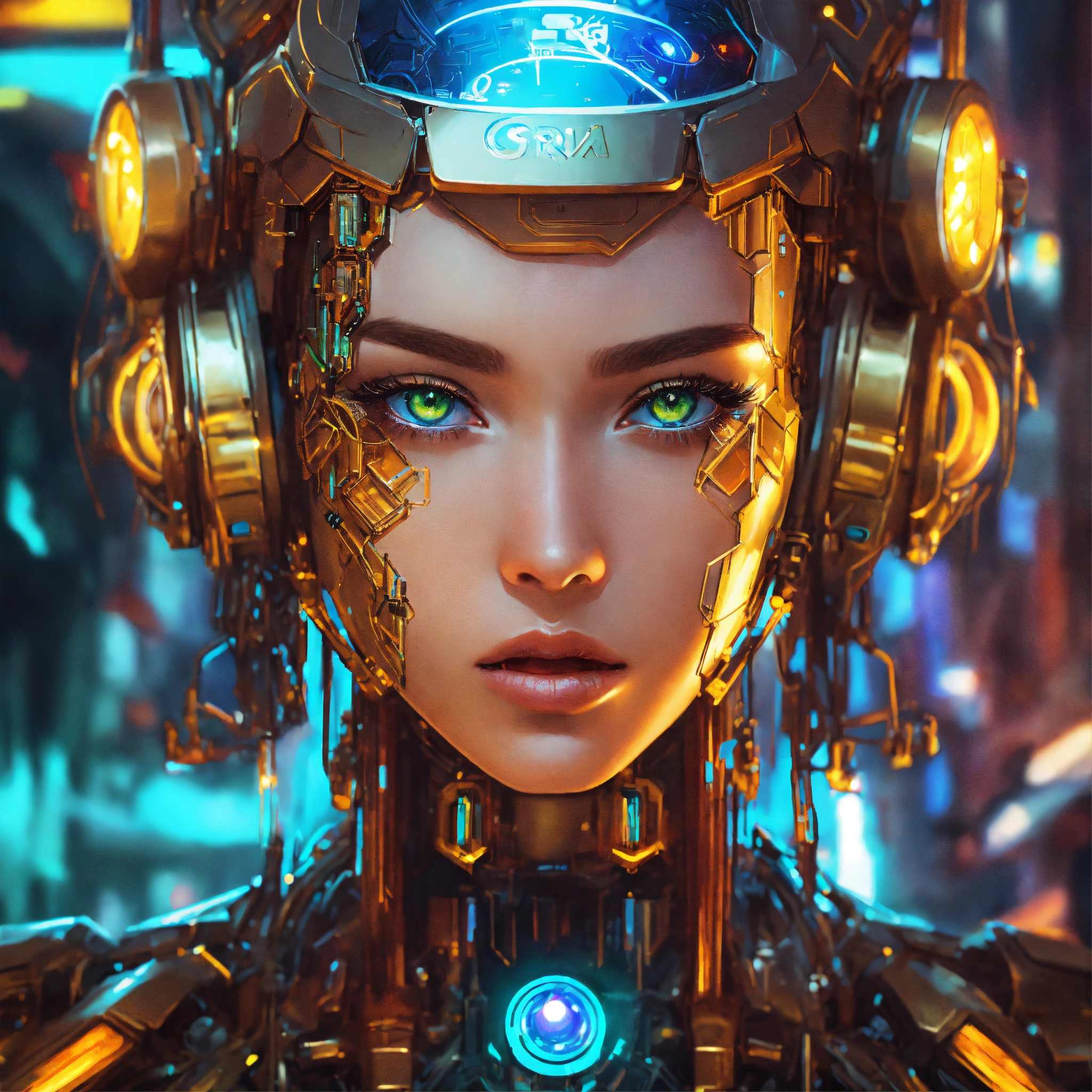
7 Technologies That Don’t Yet Exist But Will In Future
26 November, 2023
Can you imagine a world where your clothes wash themselves, flying cars soar through the skies, and you can upload
your mind 🧠 to a computer to live forever?
While these may seem like concepts only found in science fiction
novels, researchers and inventors are actively working to make these technologies a reality.
This article explores
7 cutting edge technologies that are still in development but show great promise to transform our lives in the
coming years and decades.

1. Clothes that Clean Themselves 🧺
Australian researchers may have discovered the laundry room of the future. In 2016, scientists at RMIT University
in Melbourne claimed to have developed self-cleaning textiles. These revolutionary fabrics need only
sunshine 🌞 to remove stains and spills.
The method uses nanostructures that can break down organic material when
exposed to light. Researchers say this allows special coatings to be applied directly onto fabrics in an
inexpensive and efficient process.
2. Emotion Recognition Emotion AI 🤖
As AI becomes more commonplace in our lives, the ability to perceive emotions could deepen bonds between humans
and our high-tech helpers.
Assistive robots may better support those in need. And social media platforms
could curb online toxicity. The challenges are great. But realizing Emotion AI's potential could
revolutionize how we engage with technology on a personal level.
Understanding what makes us human may be the key
to true collaboration between people and machines.

3. Uploading Minds for Digital Immortality 💾
Have you heard of "mind uploading"? It's a hypothetical futuristic concept where a person's mental state -
including memories and sense of self - is scanned and digitally copied into a computer.
In other words,
mind uploading would be possible by now. As you can see, we've yet to master fully copying the complex
human mind. The challenges are immense. We have much to learn about how the brain works and stores information.
Replicating that level of function digitally involves overcoming major technical hurdles. While the idea of
digitally living forever captures our imagination, mind uploading remains in the realm of science fiction
for now. Getting there will require pushing the boundaries of neuroscience, computing, and more. Only time will
tell if we can achieve the dream of immortality through technology.
4. Translating Animal Communications 🐶 🐱
Wouldn't it be amazing to have a wearable device that allows two-way conversations between humans and animals?
While tech giants have made strides, current animal translator tech focused on sounds still has room for
improvement. Being able to understand an animal's body language could truly revolutionize cross-species
communication. Behaviors provide important cues about needs and feelings - like if an animal is injured and
unable to vocalize.

An ideal translator would decrypt movements, postures and other visual signals. And in the
form of a tag worn by both humans and animals. This could help rescue endangered populations and give new insights
into extinct creatures like dinosaurs.
The potential for such a device to aid conservation and research is
immense. It may even help bond species by overcoming language barriers. With further development of behavior
recognition, animal translators could open new doors for understanding our fellow inhabitants.
5. Human Cloning 🧬
While cloning other species has been achieved, successfully replicating a human raises complex moral issues. Even
putting ethics on hold, most scientists say our technical abilities have limits. Since the 1950s, when cloning
was first done with frogs, researchers have replicated mice, cats, sheep, pigs and cattle using current methods.
However, experts widely agree these techniques cannot simply be applied to people.
Biological hurdles remain
around ensuring the safety and health of any potential human clones. Our level of medical understanding has not
reached the point where replicating a person wouldn't endanger their well-being.
As long as safety cannot be
guaranteed, human cloning will remain in the theoretical realm rather than reality. Continued progress in
cloning other animals also contributes to evaluating how or if this may ever change. For now, most agree people
should not be cloned given medical and moral considerations. More research is still warranted to better understand
related issues.
6. The Fridge that does your Food Shopping 🛒
Imagine never having to worry about running out of milk or eggs again! New technology is bringing us closer to
fridges that can automatically reorder supplies. Some refrigerators already feature sensors that monitor stock
levels. When an item gets low, the fridge places an order through a mobile app. Leading companies are rapidly
advancing capabilities in this area each year.

Experts predict within the next decade, smart fridges will
be commonplace in homes worldwide. A grocery-ordering appliance could save us countless trips to the store. No
more last-minute dashes to restock before a big meal. With a fridge that knows what's needed and purchases it
with the tap of a button, grocery shopping may become a thing of the past.
Imagine gaining back hours each month
normally spent navigating aisles. That's more free time to spend on life's true priorities! As technology
improves, the dream of a fully-automated kitchen could become a reality sooner than we think.
7. Exoskeletons to Enhance Human Potential 🦿

The military has already seen success using exoskeleton technology to amplify soldier's strength for
challenging tasks. However, the benefits of wearable robotics extend far beyond the battlefield.
Exoskeletons are externally-worn machines that can empower their user, whether that's assisting those with
disabilities or helping workers toil more efficiently. Some prototypes even aim to restore mobility for
individuals with limited muscle function. While current designs require further refinement, the promise of
exoskeletons is immense. From construction to healthcare, these robotic suits may one day empower people to
accomplish feats previously impossible.
No longer reliant solely on biological limits, exoskeletons could
vastly improve quality of life for many. Continued research seeks to advance lightweight, durable and intuitive
control. As technology progresses, exoskeletons may achieve widespread use enhancing human performance
across multiple industries. Their potential to push what's physically possible is just beginning to be
unlocked.
Conclusion
While some of these technologies may still seem far-fetched, the innovative minds in the fields
of science and engineering never cease to amaze with their ability to turn science fiction into science fact.
Who knows what new discoveries and inventions the next decade may bring? One thing is for certain - the future will
be filled with exciting advances that could vastly improve our lives if these cool technologies or others like
them manage to overcome the remaining technical hurdles to widespread adoption. The possibilities of what may
come seem endless.